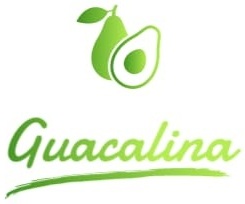Barbados Cherry


Barbados Cherry
Contact us to Confirm availability.
---------------------
Other names: Acerola Cherry, West Indian Cherry, Wild Crepe Myrtle.
Origin: West Indies
Tree Height: 12 ft.
Cold Hardiness: 28° - 30°F
Season: Year round
Fruit Description: Borne singly or in 2's or 3's in the leaf axils, oblate to round, cherry-like but more or less obviously 3-lobed. 1/2-1 in. wide; bright-red, with thin, glossy skin and orange-colored.
More Info: An interesting example of a fruit that rose, like Cinderella, from relative obscurity about 40 years ago. An explosion of interest occurred as a result of some food analyses being conducted at the School of Medicine, University of Puerto Rico, in Rio Piedras in 1945. Barbados cherries are eaten out-of-hand, mainly by children. The fresh juice prevents darkening of bananas sliced for fruit cups or salads.
Photo Credit: Ian Maguire UF/TREC
Malpighia emarginata is a tropical fruit-bearing shrub or small tree in the family Malpighiaceae.
Common names include acerola cherry (Spanish pronunciation: [aθeˈɾola], Brazilian Portuguese: [aseˈɾɔlɐ], European Portuguese: [ɐsɨˈɾɔlɐ], Barbados cherry, West Indian cherry,[2] wild crepe myrtle[3] and seriz (Haitian Creole). Acerola is native to South America, southern Mexico, Puerto Rico, Dominican Republic, Haiti, Brazil, and Central America, but is now also being grown as far north as Texas and in subtropical areas of Asia, such as India.
It is known for being extremely rich in vitamin C,[4] almost as much as camu camu, although M. emarginata also contains vitamins A, B1, B2, and B3, as well as carotenoids and bioflavonoids, which provide important nutritive value and have antioxidant uses.[5]
